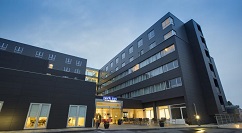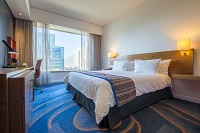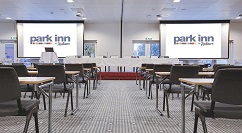Venue & Hospitality
Conference Dates: September 13-15, 2018
Hotel Services & Amenities
- Audio/Visual Equipment Rental.
- Business Center.
- Business Phone Service.
- Complimentary Printing Service.
- Express Mail.
- Fax.
- Meeting Rooms.
- Office Rental.
- Photo Copying Service.
- Secretarial Service.
- Telex.
- Typewriter.
- Video Conference.
- Video Messaging.
- Video Phone.
- ATM.
- Baggage Storage.



Transportation
Driving Directions to
Route Map
About City
Copenhagen is the capital and most populous city of Denmark. The city has a population of 763,908 (as of December 2016), of whom 601,448 live in the Municipality of Copenhagen. The larger urban area has a population of approximately 1.3 million (as of 1 January 2016), while the Copenhagen metropolitan area has just over 2 million inhabitants. Participation rates were between 78% and 87% in the three programmes. Standardized mortality rates (SMR) were calculated in relation to mortality rates in the municipality of Copenhagen and in the whole country in three age groups and the two genders.
Originally a Viking fishing village founded in the 10th century, Copenhagen became the capital of Denmark in the early 15th century. Beginning in the 17th century it consolidated its position as a regional centre of power with its institutions, defences and armed forces. After suffering from the effects of plague and fire in the 18th century, the city underwent a period of redevelopment. This included construction of the prestigious district of Frederiksstaden and founding of such cultural institutions as the Royal Theatre and the Royal Academy of Fine Arts. After further disasters in the early 19th century when Nelson attacked the Dano- Norwegian fleet and bombarded the city, rebuilding during the Danish Golden Age brought a neoclassical look to Copenhagen’s architecture. Later, following the Second World War, the Finger Plan fostered the development of housing and businesses along the five urban railway routes stretching out from the city centre.
